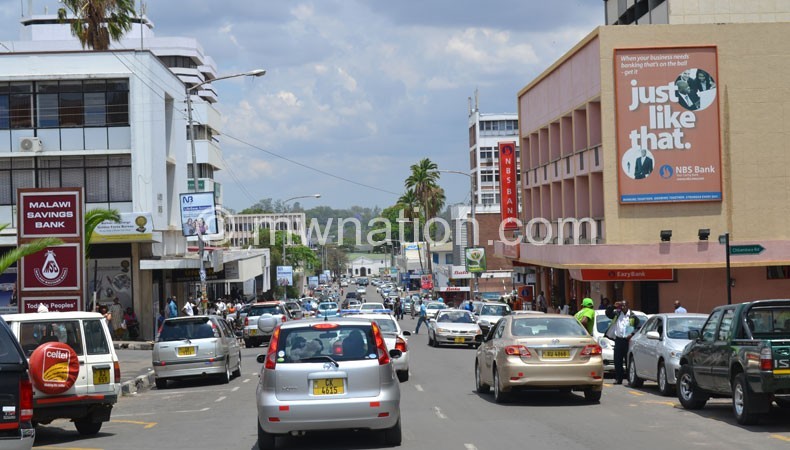Malawi kwacha continued gain eases pressure on local banks
The continued appreciation of the Malawi kwacha has eased pressure on commercial banks, pushing down interbank lending rates to about 15 percent, Reserve Bank of Malawi (RBM) data show.
The data from the central bank show that excess reserves have been improving, depressing the interbank lending market—a market banks borrow from each other——while interbank lending rate has been falling since December last year.

The local unit has been appreciating since mid-December 2014 due to factors that include prudent monetary policy by the central bank and the selling of debt to PTA Bank for $200 million.
Analysts have said due to the appreciation of the kwacha, commercial banks are comfortably meeting their regulatory liquidity requirements; hence, depressing overnight borrowing window and pushing down the rate for the market from about 24 percent to 15 percent last week.
Nico Asset Managers, a local investment management and advisory firm, last week said liquidity improved in December 2014, increasing from an average positive K11.74 billion per day compared to a negative K7.8 billion per day in November 2014.
The firm explained that liquidity position improved after commercial banks adjusted to the changes in the Liquidity Reserve Requirement (LRR), a fraction of deposits that commercial banks keep at the central bank as reserves currently at 15.5 percent, while the appreciating kwacha reduced the amount of required reserves.
RBM, in November last year changed the LRR on forex deposits—Foreign Currency Denominated Accounts (FCDA) — under which they are supposed to be made in the local currency and not in their respective currencies.
According to NBM capital markets, excess liquidity closed at K22.2 billion, despite K25 billion mopped through Treasury Bills (T-bills) from K5.5 billion in the previous week.
In the week ending January 9, interbank activity was depressed, averaging K1.2 billion a day from K6.7 billion the week before, while borrowing rate declined to 24.19 percent from 24.81 percent in the previous week.





